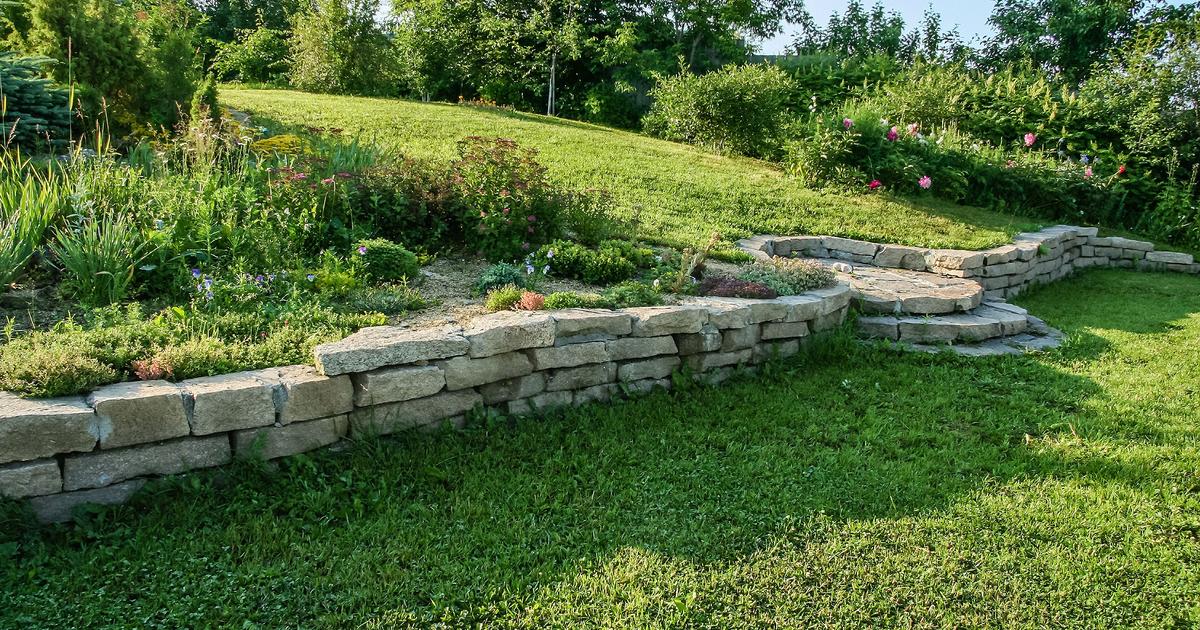Water is a precious resource for any gardener.
Yet recovering it is not always a reflex for most of us.
With the return of rain in France on Tuesday, find out how to store rainwater.
To discover
March: what vegetables and fruits are in season?
With flower pots
In the garden as on the balcony, all means are good for recovering rainwater, especially in times of drought and mild winters.
To collect rainwater easily install empty flower pots below your gutters.
If you have a balcony, simply install a planter on the railing of your balcony to collect rainwater.
To store water in large quantities, it is recommended to make a hole in the planter in order to insert a hose.
This can be connected to a larger container.
The rainwater will thus fill the planter which will gradually empty into another container.
The water can then be taken to water your plants and wash the floor of your terrace, for example.
Good to know
If you don't want to pour the water into a larger container, opt for plastic flower pots, they will be lighter and easier to handle.
With
buckets
This unattractive method has the merit of being practical and quick to set up to collect rainwater.
When it rains, place several buckets in your garden or on your balcony.
Install them preferably under your gutters.
If you don't have gutters, place them where the rainwater runs off the most and just wait for them to fill up.
You can also use a barrel, a plastic tub, and even a trash can if you want to store more water.
Good to know
Remember to cover the top of your container with an anti-mosquito veil to prevent the proliferation of larvae.
Read also Flooding: how to restore your garden?
With a tarp
If you have enough space in your garden, it is possible to install a plastic sheet to obtain greater water recovery.
There aren't really any construction rules.
But to do this effectively, lay the tarp on stakes or rigid panels to prevent it from sagging under the weight of the water.
Tilt it so that the rainwater flows naturally into the container provided for this purpose.
With an above-ground water collector
Also called above-ground rainwater collector, the above-ground rainwater collector is the simplest installation method for storing a large quantity of water (more than 5,000 liters depending on the model).
Classic, flexible or decorative, the collector is installed downstream of a roof and must be attached to the gutters of your home.
If your model is equipped with filters, the water collected from the gutter will then be usable not only in the garden, but also to clean the car or to fill the swimming pool.
The recuperator should preferably be installed on a flat surface with the appropriate equipment.
It is possible to install a recuperator on a balcony.
However, you must obtain the agreement of your co-ownership which will also inform you of the size of the water collector that you will be entitled to use.
Good to know
It is forbidden to collect rainwater from roofs and neighboring buildings.
Read alsoCollect water from your roof: only for watering?
With a buried water collector
Unlike above-ground systems, the buried water collector allows a wider use of rainwater.
Although its installation cost is higher - because it requires development work - the buried recuperator makes it possible to make significant water savings.
Indeed, equipped with a filter and a pump, the water collected can be used to supply the toilets, the washing machine, but also the watering system, the outdoor tap and the outdoor shower.
Often, in concrete and polyethylene, it must be buried out of the way of vehicles, 1.20 m from any construction.
To install an underground collector, it is recommended to have the installation carried out by a professional.
Good to know
These rainwater harvesting methods, even equipped with filters, do not in any case make the water drinkable.









